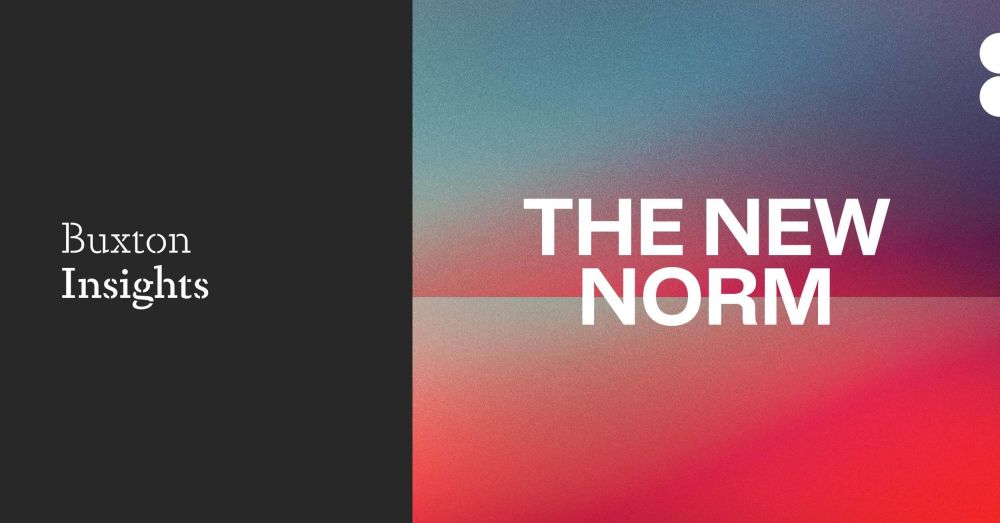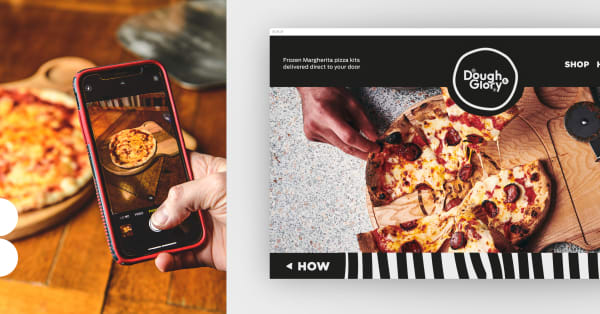Buxton Insights: The New Norm - from B2B

Last week, we hosted the first episode of Buxton Insights: a series where we share our knowledge and expertise. This time, we talked about the opportunities for traditionally Business to Business (B2B) businesses to move to a Direct to Consumer (D2C) model - and how it can be done.
Change
Let’s start by looking at what’s changed over the past year. At the start of the pandemic, executives were asked how quickly they expected to see an increase in customer demand for online sales. They estimated that it would take 585 days. In reality, it took only 22 days.
This shift towards digital isn’t new, but it has been accelerated by Covid. The digitalisation of consumer behaviour has progressed 3-4 years in less than 1.
We know that we’re not going ‘back to normal’. Increased digitalisation is the new normal, and it’s making our lives easier and more affordable. With the ability to shop for anything at the click of a button, access healthcare on-demand, take part in events online through platforms like Clubhouse and Instagram, and work flexibly and remotely, digitalisation is saving us money and allowing us more time to spend with loved ones.
To change this now would be regressive.
The fall of Arcadia and Debenhams shows us that the high street has finally collapsed. Against this backdrop, John Lewis has spent £150m on a Milton Keynes warehouse that serves online operations, and M&S has announced that it will stock rival brands online to attract a greater customer base. The brands that fail to adapt risk being left behind - but those who have done successfully are dominating the market.
Looking Forward
For businesses who have been impacted by Covid, their customer base has been impacted or they perhaps are experiencing a ‘lumpier’ order book than before, it might be time to look at new strategies and opportunities to achieve growth.
A D2C Solution
We believe in acting proactively, not reactively.
Acting reactively is building a website or an online channel for your B2B manufacturing business. It’s not thought through, it’s not targeted or strategic. It’s not the same as having a D2C brand.
When we talk about acting proactively, we’re talking about building a D2C model for your business. This is a carefully constructed brand with insight, analysis and the consumer at the forefront - as was done when we built Dough & Glory.


Case Study
Last year, we were approached by a British, B2B manufacturer with a customer base in the service industry. They provided the hospitality sector with premium, frozen pizza dough.
There was a need and most importantly, an opportunity to create new revenue streams and move with the times.
The solution: Build a D2C brand, Dough & Glory. In our session last week we shared further detail on how we approached the project and what our 4 cornerstones are to building a successful D2C brand.
If you’d like to hear more about our journey with Dough & Glory, what our 4 cornerstones are for building a D2C brand or if there might be an opportunity for your business, get in touch with us at: buildbrands@buxtonthreetwo.com

Communications